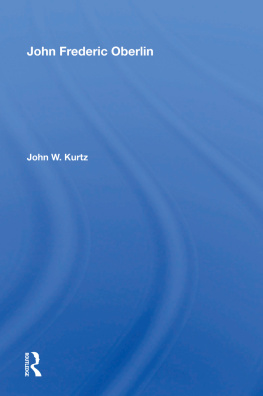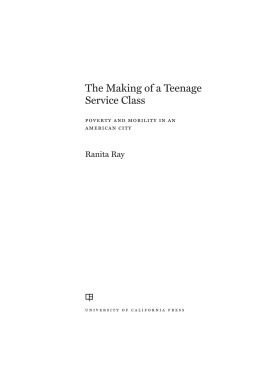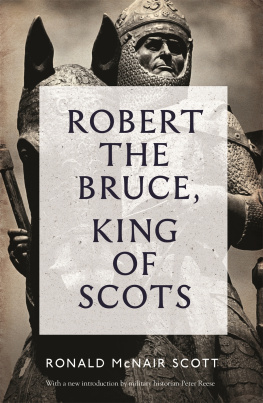PRISONERS THEIR OWN WARDERS
Muster of Convicts
GENERAL MONTHLY MUSTER OF THE CONVICTS, SINGAPORE JAIL.
Frontispiece
PRISONERS THEIR OWN
WARDERS
A RECORD OF THE CONVICT PRISON AT SINGAPORE
IN THE STRAITS SETTLEMENTS ESTABLISHED 1825,
DISCONTINUED 1873, TOGETHER WITH A
CURSORY HISTORY OF THE CONVICT
ESTABLISHMENTS AT BENCOOLEN,
PENANG AND MALACCA FROM
THE YEAR 1797
BY MAJOR J. R A. McNAIR
Late Royal Artillery, C.M.G., A.M.I.C.E., F.L.S., and F.R.G.S
Late Colonial Engineer and Surveyor General and Comptroller of Indian Convicts
Straits Settlements from 1857 to 1877 Author of "Perak
and the Malays" (Sarong and Kris)
Assisted by W. D. BAYLISS
Mem. Soc. Engineers Lond., Late Superintendent of Works and
Surveys and Superintendent of Convicts, Singapore
WITH MAPS AND ILLUSTRATIONS
"A willing bondman."
Shakespeare
(Julius Caesar, Act I., Sc. 3)
WESTMINSTER
ARCHIBALD CONSTABLE AND CO
2 WHITEHALL GARDENS
1899
ALL RIGHTS RESERVED
Butler & Tanner,
The Selwood Printing Works,
Frome, and London.
Portrait of Indian Petty Officer
[Mcnair.
DUFFADAR ARJOON, SENIOR PETTY OFFICER
OF ARTIFICERS.
Preface
Some explanation appears to be due from us for writing this account of the Singapore Convict Jail so long after the date of its final abolition.
The truth is, that for several years it has been our opinion that it ought to be written by some one, and the same suggestion had often been made to one of us by the late Doctor Mouat, Inspector General of Jails, Bengal, and others who were well acquainted with its administration.
An opportunity lately occurred to bring us into communication on the subject, and when we came to compare the voluminous notes that each of us had collected during the time that the jail was in full vigour, we arrived at the conclusion that there was abundant material for a work upon it. It also appeared to us that there were some exceptional features in the training and discipline of these native convicts, that might even at this day prove of service to other Superintendents of native jails in different parts of India and the Colonies; while, at the same time, such a work would not be devoid of some interest to those who make a study of the punishment and reformation of the criminal class of all countries, a subject in regard to which, in spite of the great progress we have made, the last word has certainly not yet been said.
This, then, is our apology for the attempt we have made, and we trust that our joint labours may be received with indulgence.
When this old Singapore jail was put an end to in 1873, some six years after the transfer of the Straits Settlements to the Crown, the convicts then under confinement were removed to the Andaman Islands, at that time not long established as a penal settlement for India; while those on a ticket-of-leave were permitted to merge into the population, continuing to earn their livelihood as artizans, cow keepers, cart drivers, and the like. Those who were old and infirm were retained at Singapore at the expense of the Indian Government, and a certain number of convicts from Hongkong were returned to that colony to complete their sentences. There remained, therefore, only the local prisoners to be dealt with, and for these, under the subsequent orders of the Colonial Government, was planned and constructed by our Department, and under our supervision, a spacious prison on the cellular system, and situated on a more healthy site than the old convict jail, which had become surrounded by the buildings of the town.
We should much like to have given a consecutive history of this old jail from the date of its first construction until it was finally abolished, but unfortunately the jail registers have not been carefully kept from the beginning, or are not forthcoming; but we have had access to some old scattered letters and papers, and to statistics from the year 1844, since which time the records have been regularly kept from year to year.
A good deal of useful information has also come within our reach from works written upon Singapore and the Straits Settlements, and especially are we indebted to an Anecdotal History of Singapore, published by the Free Press, and extending from the year 1822 to 1856, which gives an interesting account of our early occupation of that island, and of the use to which the labour of these convicts was turned.
From the Memoirs of Sir Stamford Raffles, written by his widow in 1830, and from his Life by Demetrius Charles Boulger, in 1897, we have been able to trace that, so far back as the year 1823, there were between 800 and 900 of these Indian convicts at our settlement of Bencoolen, on the south-west coast of Sumatra; and that, when this place was conceded to the Dutch by the London treaty of 1825, these convicts were removed to Penang, and were subsequently distributed amongst the three settlements of Penang, Malacca, and Singapore. This distribution would in all probability have taken place about the year 1825, when Singapore was incorporated with Penang and Malacca, under the Governor and Council of the Incorporated Settlements.
We think the account which we are about to give of the various employments of these Indian convicts at Singapore, will abundantly show how considerably this important settlement has benefited by their early introduction. They made most of the roads in the settlement, including timber bridges, viaducts and tunnels, and executed for the Government many important public buildings. Moreover, when released from imprisonment upon a ticket-of-leave, they were absorbed innoxiously into the native community, and again contributed to the advantage of the place in the various occupations they had recourse to, in order to obtain an honest livelihood. By a judicious system of rewards, and a graduated scale of promotion, a very remarkable spirit of industry was infused into the bulk of these convicts during their incarceration, and it may be honestly said that this was effected without the sacrifice of that wholesome discipline always essential in the control especially of the criminal class.
We could not, of course, interfere with their religion, but by a well-judged scale of punishments and rewards, and by instruction given to them in their own vernacular, we endeavoured to raise their character by helping them to good conduct, and to a better way of living. To encourage and foster that industry to which we have referred, we taught them the trades to which each of them appeared to be best adapted, and held out to them the hope that they might again become good citizens, and earn for themselves a creditable subsistence; and, as it was our practice to deal with each of them "individually," we were often made aware that there was many an honest heart immured within those prison walls.
In the narrative we have given of the Settlements, it may seem that we have dwelt at too great length upon their early history, but we thought it would add to the interest of the work, if we gave what is really only a limited sketch of the various places to which those Indian convicts were first banished beyond the seas.
In the initiation of the system of industrial training among these convicts, special credit is due to the late General (then Captain) Man, who in his early years had been trained at Chatham as a sapper. The late Colonel Macpherson, who succeeded him, carried on and improved the system, and both these officers were well seconded in their efforts by the late Mr. J. Bennett, C.E., who practically was their clerk of the works. Mr. Bennett subsequently rose to a high position in the Department.









